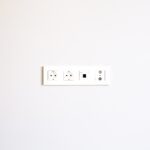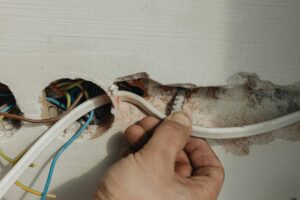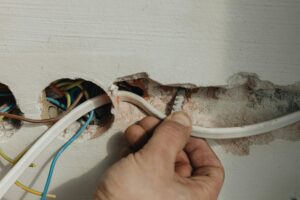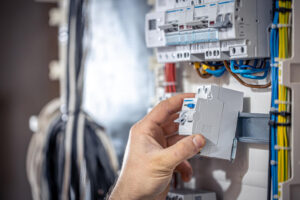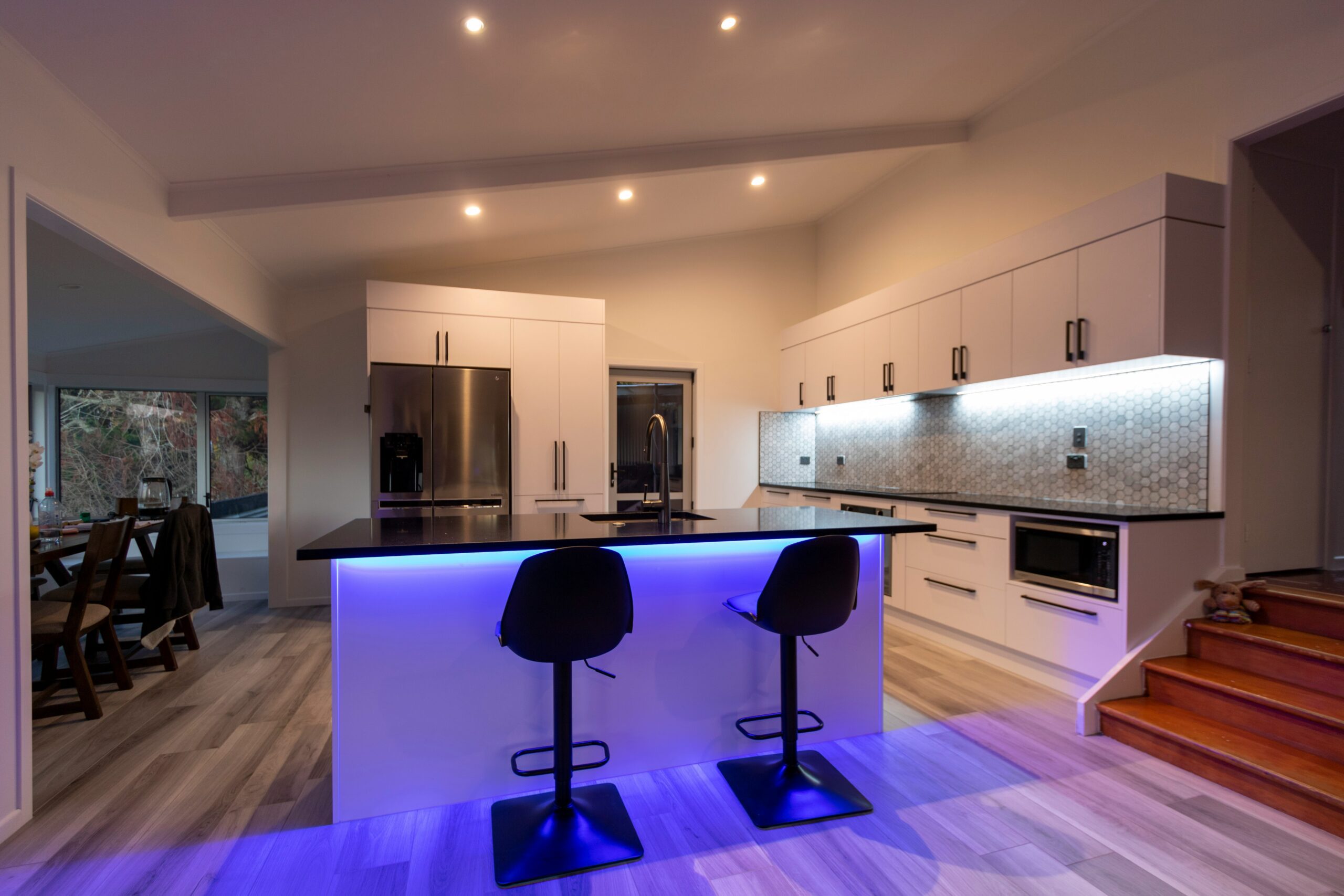
As we continue to become more conscious of our energy consumption and the impact it has on our planet, it’s clear that changes need to be made. One such change that’s gaining momentum is the shift towards LED lighting in homes.
Not only do LED lights use significantly less energy than traditional incandescent bulbs, but they also last much longer, making them a more sustainable and cost-effective choice. Whether you’re looking to lower your electricity bill, reduce your carbon footprint, or simply improve the quality of light in your home, LED lighting is a bright idea.
Unveiling the Benefits of LED Lighting
1. Energy Efficiency: LED lights are significantly more energy-efficient than traditional incandescent and fluorescent bulbs. In comparison, LED bulbs consume up to 75% less energy than incandescent lighting and up to 25% less energy than compact fluorescent lights (CFLs), leading to considerable savings on your utility bills.
2. Longevity: LED bulbs boast an impressive lifespan, typically lasting up to 25 times longer than incandescent bulbs and up to three times longer than CFLs. With a longer service life, LED lighting can greatly reduce the need for frequent bulb replacements, resulting in lower maintenance costs.
3. Environmental Impact: Due to their energy efficiency and longer lifespan, LED lights have a smaller carbon footprint than conventional lighting options. Moreover, they do not contain hazardous materials, such as mercury, making them an eco-friendlier choice for your home.
4. Performance and Versatility: LED lights offer consistent and instantaneous illumination, reaching full brightness as soon as they are turned on. Their versatile design allows them to operate in a wide range of temperatures and weather conditions. LED lights are available in various sizes, shapes, and colors, providing homeowners with numerous options for both indoor and outdoor applications.
Exploring Different Types of LED Lights
1. LED Bulbs: LED bulbs are the most common form of LED lighting and come in a variety of shapes and sizes, such as A-type, globe, and candle bulbs. They are designed to replace traditional incandescent bulbs and can be easily retrofitted into your existing fixtures.
2. LED Downlights and Recessed Lighting: These low-profile lights are installed directly into your ceiling, providing a discreet and modern lighting solution. LED downlights and recessed lights are ideal for illuminating specific areas, such as countertops, artwork, and architectural features.
3. LED Strip Lights: This flexible form of lighting consists of a thin strip embedded with multiple LED chips that can be attached to various surfaces. LED strip lights are perfect for creating ambient lighting, accenting your home’s architecture, or adding a touch of creativity to your living spaces.
4. Smart LED Lighting: Smart LED lights can be controlled remotely using smartphone apps or voice commands through smart home systems. These advanced lighting solutions offer customizable features, such as color and brightness adjustments, scheduling, and energy consumption monitoring.
Making the Switch to LED Lighting
1. Assess Your Current Lighting: Before implementing LED lighting in your home, inventory your existing bulbs and fixtures to better understand your lighting needs, preferences, and opportunities for improvement. Take note of the types and wattage of your current bulbs and the number of fixtures in each room.
2. Prioritize Areas for LED Conversion: Identify priority lighting areas in your home where LED lights would be most beneficial, considering factors such as energy efficiency, usage frequency, and aesthetic appeal. Common areas to prioritize include high-traffic spaces, workstations, and outdoor lighting.
3. Choose LED Lights that Match Your Needs: Select LED lights that are compatible with your existing fixtures and provide sufficient illumination for your specific needs. Consult with an experienced technician to find the ideal LED bulbs and fixtures for your home.
4. Retrofit Your Existing Fixtures: Retrofit your home’s existing fixtures to accommodate LED lights by either replacing the entire fixture or installing LED-compatible components. This process ensures seamless integration of LED lights into your home’s electrical infrastructure and can be executed professionally by a skilled technician.
Engaging Skilled Technicians for Seamless LED Implementation
1. Expert Guidance: Professional technicians possess the knowledge and experience necessary to guide you in selecting suitable LED lighting solutions that meet your specific needs and preferences, ensuring optimal performance and energy savings.
2. Proper Installation: Working with experienced technicians guarantees that your LED lights are installed correctly and efficiently, adhering to safety standards and local regulations.
3. Custom Lighting Design: Skilled technicians can help design custom lighting solutions for your home, optimizing LED technology’s benefits to create a personalized lighting environment that enhances both form and function.
Illuminate Your Home Efficiently with LED Lights
In the grand scheme of things, embracing LED lighting is a small yet significant stride towards a more sustainable and energy-efficient future. Trust our experienced electricians in Batavia at Turner On Services to assist you in implementing LED lighting in your home, providing expert advice, support, and service through every stage of the process. Together, we can create a brighter, eco-friendlier, and more efficient future for your home, maximizing your lighting experience while minimizing your environmental footprint.


